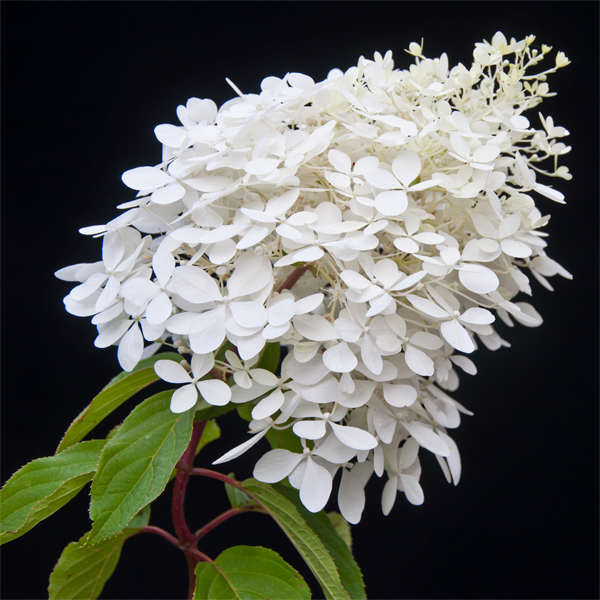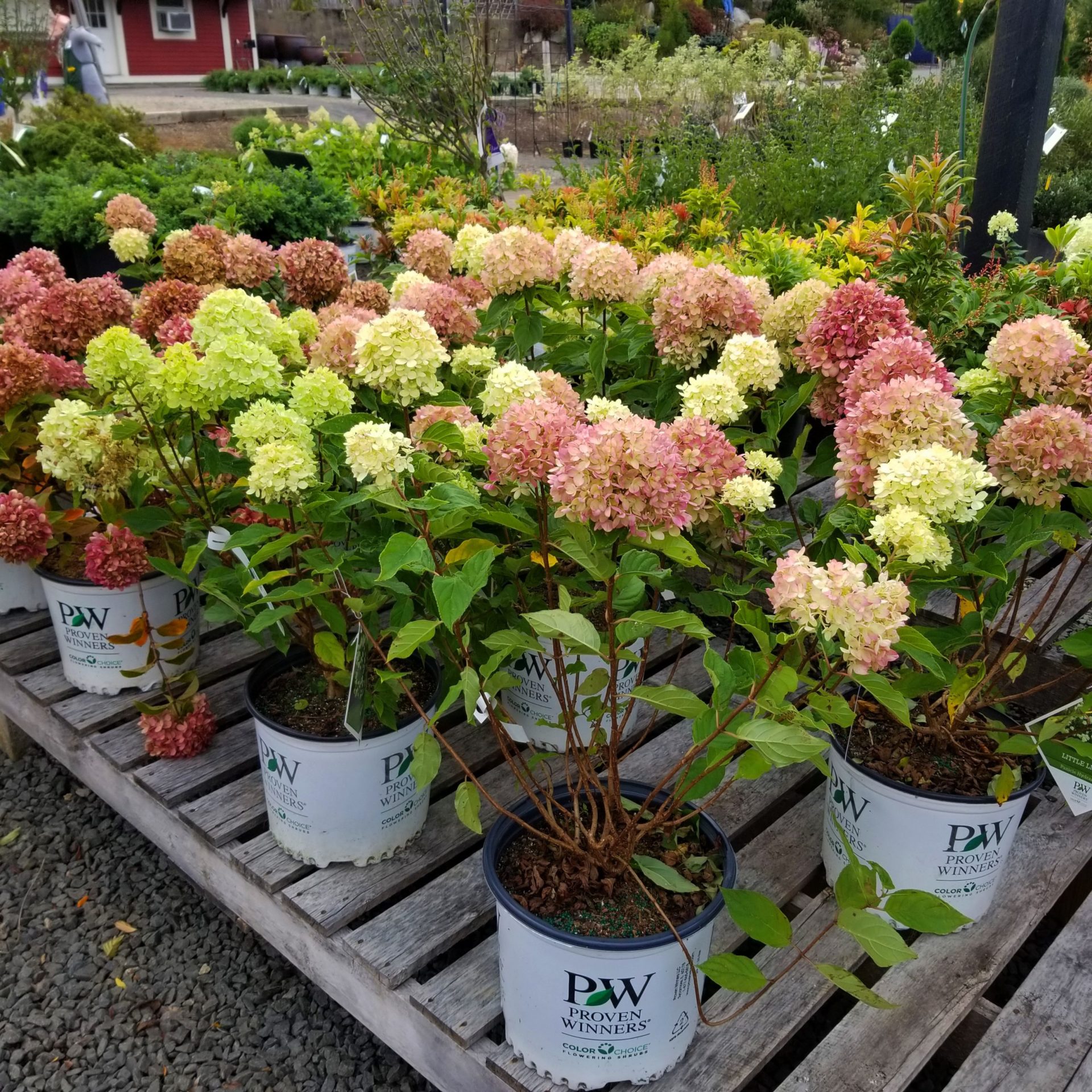
Ready for a challenge? If you think you know your plants, try this out:
“I am probably the most commonly requested summer shrub, yet few people know much about my extended family. People think that I’m always beautiful, with showy, continuous bloom. Others focus more on my winter appearance when, in some cases, I can disappear, turning to straw. I can be both long lived and nearly indestructible, or subject to winter die back in this area. I am a shrub, you can train me to be a tree, or I can climb up your chimney. Who am I?”
Did you guess the hydrangea? Most people have no idea that the genus Hydrangea comprises such an extensive and diverse range of types and growth habits within the multiple species available. There are basically five main groupings of hydrangeas commonly seen in New England gardens, all very different in more ways than one. The way in which they grow and their cold hardiness (ranging from Zone 4 to a tender Zone 6) will usually dictate whether they are a good choice for your specific location.
The “soft shrubs” (usually pruned back or die back each year) The macrophylla hydrangeas (Big leaf) include both mopheads and lacecap types. These include the very popular Endless Summer types, ‘Nikko Blue’, ‘All Summer Beauty’, ‘Lady in Red’, and the new compact CityLine series.
The “woody shrubs”/“tree form” varieties (not pruned down each year) The paniculata hydrangeas (Panicle) form woody stems that actually can be trained to a true tree form. Mature heights vary considerably. Examples include ‘Limelight’, ‘Little Lamb’, ‘Pinky Winky’, and timeless “P.G.” hydrangea. These forms provide a striking transition of flower color in the fall, and can also be cut for dry arrangements.
The “woodland shrubs”(Oak leaf) The quercifolia hydrangeas stand erect with prominent cone like flowers, and have excellent shade tolerance. The foliage has an interesting oak leaf-like cut and displays exceptional fall color. These include well known varieties such as ‘Alice’, ‘Pee Wee’, and ‘Snowflake’.
The “grandmother shrubs” The old fashioned arborescens hydrangea (Smooth leaf) can also tolerate some shade with its oversize foliage and large white ball shaped, sterile flowers. The standard varieties include ‘Annabelle’ and radiata. recent introduction, ‘Incrediball’ has striking, oversize blooms that form on extra sturdy stems to create quite a show! Its sister plant, ‘Invincibelle Spirit’ is the first commer-cially successful pink version of Hydrangea arborescens.
Hydrangea anomala petiolaris is considered to be one of the best all around climbers, with excellent foliage, fragrant flowers, and winter bark interest. It attaches with aerial roots enabling it to cling to any flat surface. It can grow in both sun and shade and exhibits an interesting golden-yellow fall color.










